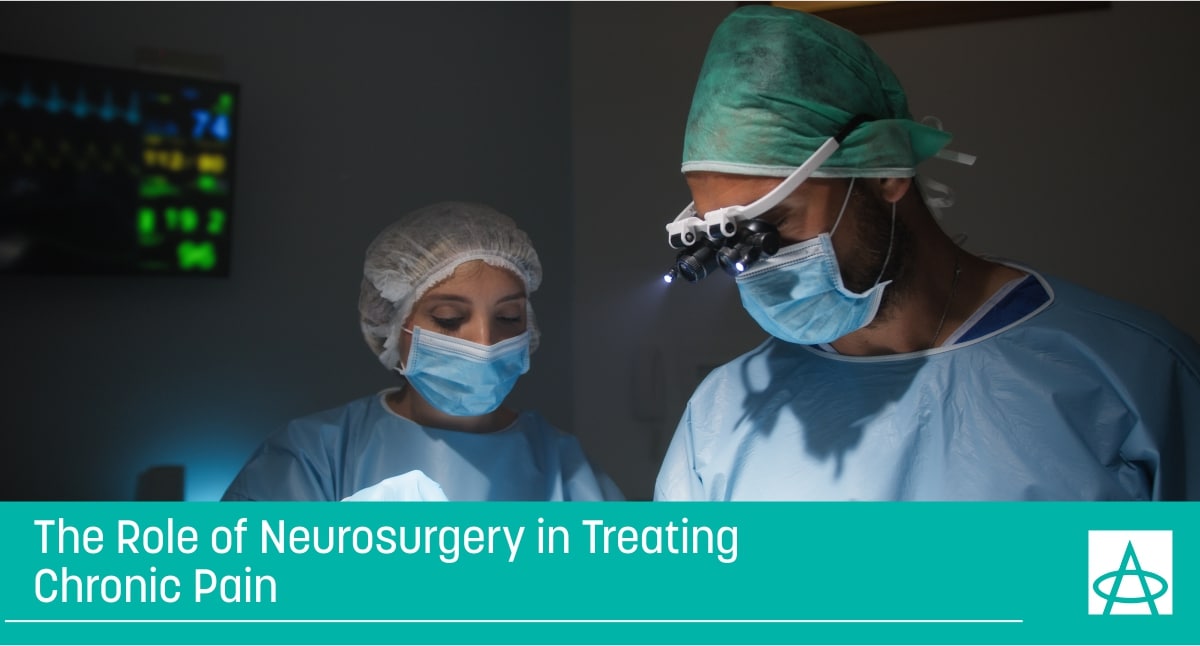Mark Pain Awareness Month – Learn How to Erase Pain Without Opioids
September is Pain Awareness Month, here are some scary numbers:
25 million: people in the U.S. who experience daily pain.
8 million: those who have pain so severe, it interferes with their ability to function daily.
43,000+: the number who died in 2017 of opioid overdoses, according to preliminary Centers for Disease Control data.
For years, opioids were the prescribed treatment of choice for constant, severe pain. Now, a spiraling epidemic of abuse has resulted, ravaging many families and communities.
It is a struggle for many of us individually and all of us as a nation: how should we best address these parallel crises of managing dreadful pain that makes living so difficult and guarding against opioid abuse that routinely leads to death?
Dr. Mark Malone, Medical Director and Founder of Advanced Pain Care, shed some light on this opioid epidemic and discussed alternative, nondrug therapies used to treat chronic pain with KXAN’s Studio 512.
One of these therapies is spinal cord stimulation, also known as neurostimulation therapy. It can provide relief by blocking pain signals from reaching the brain.
This procedure often is used to relieve lower back and leg pain, but can be used to help control pain in many areas of the body. Pulsing electrical signals are delivered to the area surrounding the spinal cord by a neurostimulator, a small generator implanted just beneath the patient’s skin in the spinal space.
The patient maintains manual control over the neurostimulator, which can be turned on or off and be adjusted to change the level of stimulation the patient needs. The electric pulses can produce a mild, tingling sensation or even be programmed so that there is no sensation at all and still very little to no pain.
Spinal cord stimulation also is completely reversible. At any point, the patient can stop using the neurostimulator or even remove it.
Good candidates for this treatment include:
- Patients with “failed back syndrome.” Complex Regional Pain Syndrome (CRPS) and various types of nerve pain.
- Patients unsuccessful with other forms of conservative treatments, such as steroid injections.
- Patients who are on high doses of medications and/or do not want to have a major surgery.
For more information, call us at (512) 244-4272.




